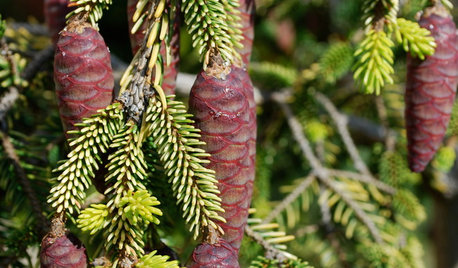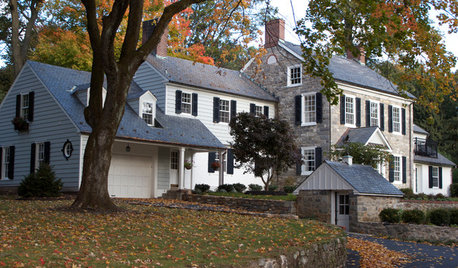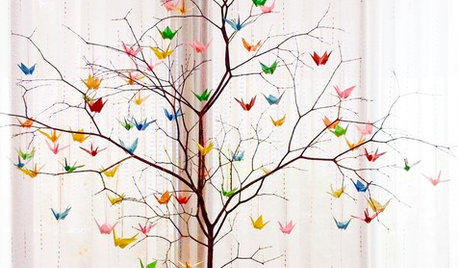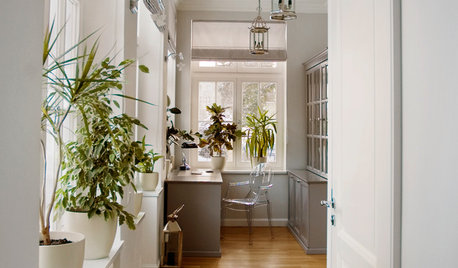balsam poplar weeping
pieheart
15 years ago
Related Stories

SPRING GARDENINGTop 10 Scented Plants for Your Garden
A palette of perfumed plants can transform even the smallest of gardens into a sensory delight
Full Story
GARDENING GUIDESGreat Design Plant: Skylands Oriental Spruce, a Favorite Conifer
Brighten up a drab corner of your garden with Picea orientalis ‘Skylands’, a smaller spruce that a bird family might just call home
Full Story
HOLIDAYSHouzz Call: Show Us Your Christmas Tree!
How lovely are your branches? Post a picture and share your stories
Full Story
LANDSCAPE DESIGNThe 7 Best Plant Types for Creating Privacy and How to Use Them
Follow these tips for using different kinds of plants as living privacy screens
Full Story
INDUSTRIAL STYLEKitchen of the Week: Style Trumps Ease in a San Francisco Loft
What’s a little ladder climbing when you’ve got a gorgeous-looking kitchen design like this?
Full Story
FALL GARDENINGHouzz Call: Show Us Your Fall Color!
Post pictures of your fall landscape — plants, leaves, wildlife — in the Comments section. Your photo could appear in an upcoming article
Full Story
HOUSEKEEPINGIt’s Time to Clean Your Gutters — Here’s How
Follow these steps to care for your gutters so they can continue to protect your house
Full Story
MOST POPULARHouzzers Deck the Halls
From traditional to quirky to innovative, readers show their Christmas tree style
Full Story
HOUSEPLANTSHow to Create an Indoor Landscape
Apply principles and elements of design to help your indoor garden flourish
Full Story








Casia
pieheartOriginal Author
Related Professionals
Marina Landscape Architects & Landscape Designers · Palm Springs Landscape Architects & Landscape Designers · Aurora Landscape Contractors · Edmond Landscape Contractors · Barrington Landscape Contractors · Brockton Landscape Contractors · Deer Park Landscape Contractors · Framingham Landscape Contractors · Los Banos Landscape Contractors · Miller Place Landscape Contractors · Morrisville Landscape Contractors · Plymouth Landscape Contractors · Lowell Siding & Exteriors · Adrian Decks, Patios & Outdoor Enclosures · Estero Decks, Patios & Outdoor EnclosurespieheartOriginal Author
Casia
pieheartOriginal Author
pineresin
pieheartOriginal Author
pineresin
Casia
pieheartOriginal Author
salicaceae
pieheartOriginal Author
Casia
pieheartOriginal Author